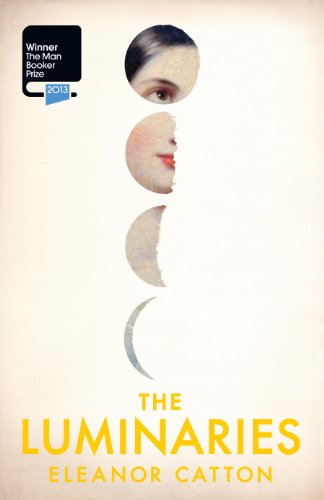The Luminaries
In January 1866, Walter Moody, newly arrived in the New Zealand goldfields, stumbles into a furtive gathering of twelve local men who have met in secret to discuss a series of unsolved mysteries. The wealthiest man in town has vanished; a whore, half dead in the street from opium poisoning, is found to have a fortune in gold sewn into her clothes; and a hermit dies in poverty yet has a stash of gold bars concealed in his cabin. At the centre of the mystery stands Francis Carver, smuggler, murderer and captain of the ship that brought Moody to Hokitika.
Catton’s second novel, recently shortlisted for the 2013 Man Booker prize, is a tour de force of storytelling, ingeniously plotted and stuffed with vivid Gothic and Romantic imagery in the best 19th-century tradition. It is narrated by a remote and anonymous ‘we’, again, in an ostensibly 19th-century tradition, yet the reader is always, and uncomfortably, aware that the novel is by no means a pastiche of its earlier predecessors. From the outset, when you see that the principal players are listed under their stellar and planetary influences, and that all the chapter headings relate to the topography of the zodiac, you are aware that, whoever is telling this story, it is not merely the author, and that the cool, nay, chilly, analytical voice may not even be of this world.
This narrative device gives the novel brilliance, but it also makes it very difficult to engage with the characters, whose histories, motives and personalities are subjected to a ruthless, clear-sighted analysis, almost as if they are specimens in a laboratory. While I admired the novel for its technical expertise, therefore, I remained unmoved by it.










